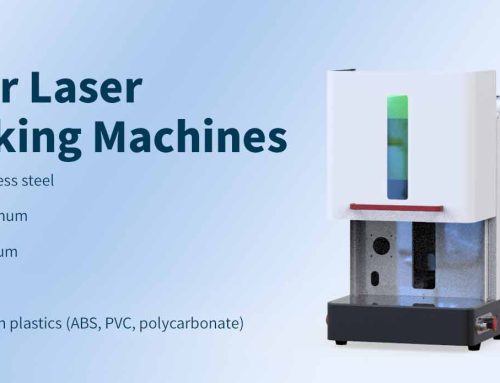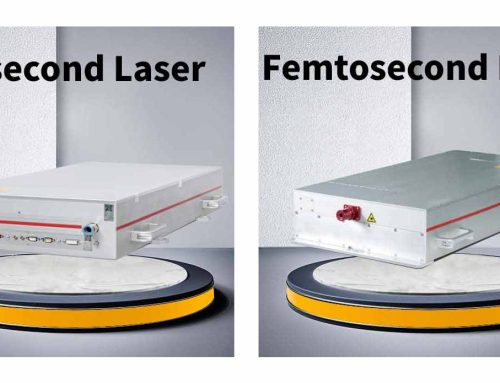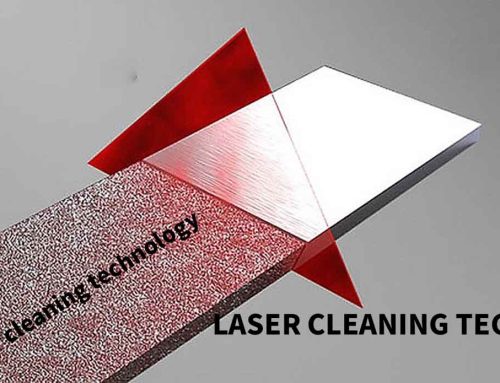Introduction to Galvo Laser Engraving Technology
Galvo laser engraving technology has revolutionized the laser marking industry, offering unmatched speed and precision for a variety of applications. Unlike traditional laser systems that rely on mechanical movement, galvo-based systems use fast-moving mirrors controlled by high-precision galvanometers to steer the laser beam. This advanced technology enables rapid marking and engraving on diverse materials, including metals, plastics, ceramics, and composites.
The key advantage of a galvo laser engraver is its ability to achieve high-speed marking without sacrificing accuracy. These systems are widely used in industries that require precise, durable, and high-contrast engravings, such as automotive, aerospace, electronics, and medical device manufacturing.
How Does a Galvo Laser System Work?
A galvo laser system operates through the use of two primary components: the laser source and the scan head. The scan head consists of two ultra-fast mirrors that control the movement of the laser beam. These mirrors are driven by galvanometer motors, which adjust their angle within milliseconds to guide the beam across the surface of the material being engraved.
Key Components of a Galvo Laser System
Laser Source – The type of laser used depends on the material being engraved. Fiber lasers are ideal for metals, CO2 lasers work well for organic materials, and UV lasers are perfect for delicate or heat-sensitive surfaces.
Galvo Scan Head – The core of the system, responsible for directing the laser beam at high speed.
Control Software – Advanced laser control software, such as EzCad, enables users to create precise engraving patterns, barcodes, QR codes, and complex designs.
Focusing Lens – Determines the working field size and focal precision, affecting the resolution and sharpness of the engraving.
Advantages of Using a Galvo Laser Engraver
High-Speed Processing – Galvo systems can mark hundreds of characters per second, making them significantly faster than gantry-based laser engravers.
Superior Precision – The highly controlled movement of the galvo mirrors ensures sharp, detailed, and repeatable engravings.
No Mechanical Wear and Tear – Since the laser beam is directed by mirrors rather than moving parts, maintenance costs are lower, and system longevity is higher.
Versatile Material Compatibility – Works effectively on metals, plastics, glass, ceramics, and coated materials.
Compact and Space-Efficient – Unlike large CNC laser cutting machines, galvo systems have a small footprint, making them ideal for factory production lines.
Choosing the Right Scan Head for Your Application
Selecting the appropriate scan head for a galvo laser engraver depends on several critical factors:
Scanning Speed – Faster scan heads improve production efficiency, especially for large-scale manufacturing.
Resolution and Accuracy – High-resolution engraving is essential for industries that require fine details, such as micro-electronics and medical devices.
Compatibility with Laser Source – The scan head must be designed to work with fiber, CO2, or UV laser sources based on the material to be engraved.
Field Size and Lens Options – Larger field sizes allow for bigger engraving areas, but may reduce resolution. Choosing the right lens ensures optimal performance.
Applications of Galvo Laser Engraving Technology
The versatility of galvo laser systems makes them an indispensable tool across multiple industries. Some of the most common applications include:
1. Industrial and Automotive Engraving
Galvo laser engravers are widely used for marking automotive components, machine parts, and industrial tools with serial numbers, QR codes, and identification marks. These permanent engravings ensure product traceability and compliance with industry regulations.
2. Electronics and PCB Marking
Precision engraving is crucial for marking electronic components, printed circuit boards (PCBs), and semiconductor materials. Fiber lasers, in combination with high-speed scan heads, can create clear and durable markings on microchips and circuit boards without damaging the delicate components.
3. Medical Device Engraving
The medical industry requires high-precision engraving for surgical instruments, implants, and medical equipment. Galvo laser systems provide permanent, biocompatible markings that meet strict FDA and ISO standards for traceability.
4. Jewelry and Fine Detail Engraving
Galvo lasers allow for intricate engraving on gold, silver, and platinum jewelry, enabling personalization with text, patterns, and images. The precision of galvo systems ensures high-quality results without excessive material removal.
5. Plastic and Packaging Marking
CO2 and UV galvo lasers are frequently used for marking plastic products, packaging, and labels. These markings are durable, resistant to wear, and do not fade over time.
How Galvo Laser Technology Compares to Traditional Laser Systems
| Feature | Galvo Laser Engraver | Traditional Gantry Laser |
|---|---|---|
| Speed | Extremely fast | Slower due to mechanical movement |
| Precision | High accuracy | Lower precision |
| Maintenance | Minimal maintenance | Regular mechanical wear |
| Engraving Area | Smaller, optimized for marking | Large-format capability |
| Application | Best for high-speed marking | Best for cutting and deep engraving |
Why Choose a Galvo Laser Engraving Solution?
For businesses looking to enhance efficiency, reduce production time, and achieve high-precision markings, galvo laser engraving is the ideal choice. The combination of speed, accuracy, and durability makes it a preferred technology in industries where marking quality is crucial.
Advanced laser engraving systems integrated with EzCad software offer easy-to-use controls, making them suitable for both industrial applications and small businesses. Whether you need to engrave logos, text, or barcodes, a high-quality galvo system will deliver excellent results with minimal operational costs.
Conclusion: Enhance Your Production with Galvo Laser Engraving
Investing in a high-speed galvo laser engraver equipped with an advanced scan head is a strategic decision for manufacturers seeking precision and efficiency. With applications across multiple industries, these systems provide unmatched marking quality and long-term cost savings.






